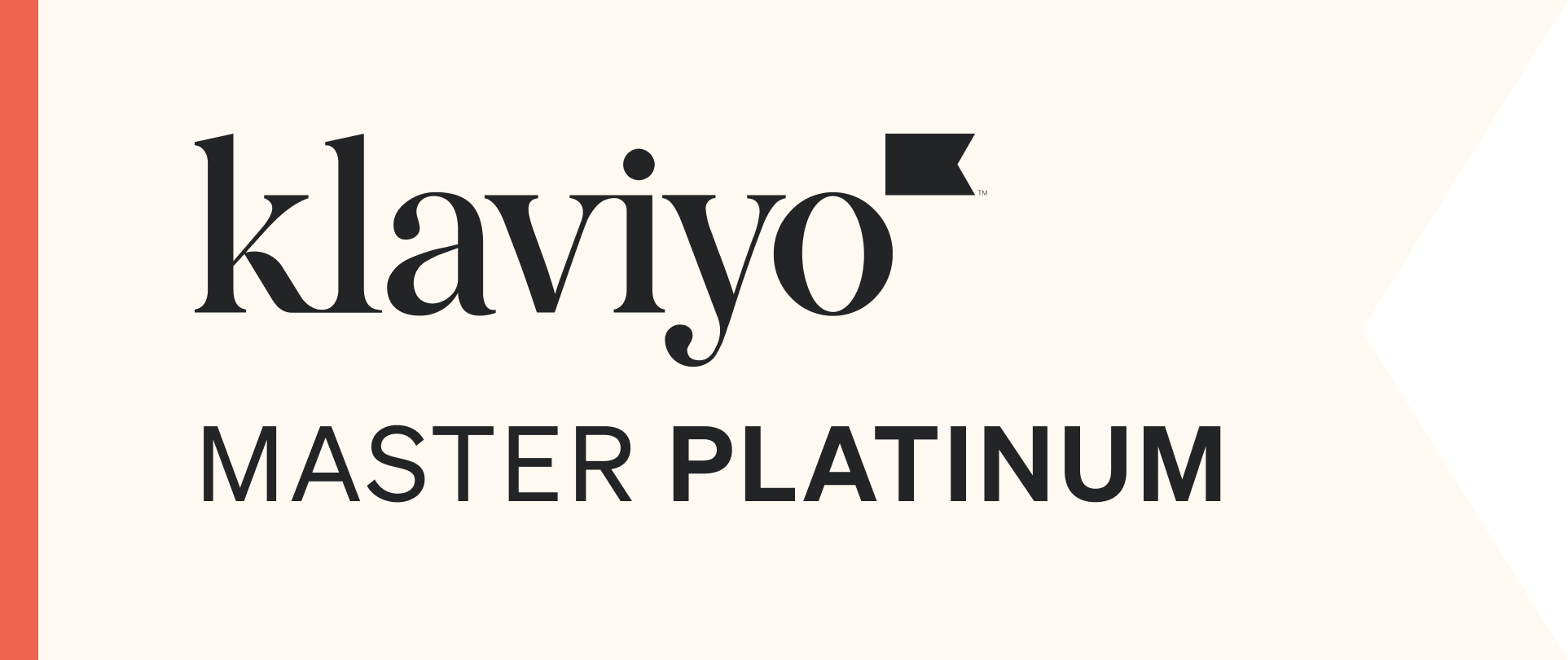By Pawel Marciniak on 23 Oct 2019
A press release is a short document containing a newsworthy announcement or statement, giving the journalist the information they need to write a story.
Whatever the size or type of your organisation, a well prepared and distributed press release can be an excellent and cost-effective way to increase brand awareness and website authority. Not only can it bring in some high-quality backlinks that will help improve your website's visibility in SERPs (search engine result pages), but it can also bring in some referral traffic too.
According to this study, 88% of journalists get some value from press releases, so it's a win-win situation. Unfortunately, getting a journalist's attention can be challenging and if your press release is not written and distributed correctly, you end up getting nothing in return for your efforts.
So, how do you get journalists’ attention and convince them that your story is newsworthy? Here are a few tips that will help you get your press release published and earn some backlinks for your website.
Make Sure You Have a Story Worth Publishing.
Before you even touch the keyboard, ask yourself the following questions:
- Is it entertaining? newsworthy? enlightening? surprising? innovative? different? unexpected?
- What's the one thing it shows?
- Which publications will cover this and how is it relevant to their audience?
Simply put - why would anybody care?
Don't Make It Look Like an Ad.
Nobody likes ads and reporters don't want their articles to look like "sponsored articles". They want a good story not a sales pitch, so don't concentrate on promoting your company. Deliver the facts and do it quickly. Most journalists will spend less than a minute reading your story. That’s not a lot of time spent deciding if it's relevant to them, so you’ll need to make a big impression quickly.
Give the Reporter a Good Reason to Link to Your Website.
Getting coverage doesn't necessarily mean you're going to get a backlink as well. Journalists usually won't link to your website if it's not going to provide any additional editorial value. Don't just ask for a link to your homepage. You have to give the journalist a reason to link to you. Make sure your website provides some additional valuable data, research, statistics or story. Provide direct links to it and explain the added value. This way you can include more information without making the press release too long, as the recommended length of a release is about 400 words.
Recommended Press Release Structure
It's standard practice to use the inverted pyramid structure, which means you have to put the most important information first and follow it with additional supporting details, quotes, boilerplate and contact information.
Headline - Get to the Point!
Start with a short, straightforward headline and (optionally) 3-4 bullet points to tell the journalist what it's all about. Make it clear what the angle is and how the story is relevant to their target audience. Yes, it means you have to conduct research to find out what the journalist is writing about and who the target audience is. Concentrate on facts and data. This is your chance to sell the story, and you don't have much time!
Location and Date Information
Location and date information are often crucial (especially when the press release is about an event). Include your date and location information just after the headline, before the lead (first paragraph).
Lead - Always Remember the 5W1H
Often mentioned in journalism, research or police investigations, the 5W1H (also referred to as Five Ws and How, Six Ws, 5Ws or the reporter's questions) is an excellent method of gathering and presenting the information. When writing the press release, make sure you answer these fundamental questions in your first paragraph:
- Who
- What
- When
- Where
- Why
- How
Include Quotes from the Relevant Party When Possible.
Reporters love quotes (especially when they're on a deadline and can't interview the source). A comment from a company representative can add valuable insights into the discussed topic and bring the story to life. Quotes (like the rest of the press release) should be easy to understand. Make sure they sound natural and are free from technical jargon. If you really can't avoid using difficult words or abbreviations, explain them in brackets or footnotes.
Boilerplate
The standard boilerplate should include all the necessary pieces of information about your company; organisation type, mission and company values, information about products, services and clients, and optionally, social media profiles.
Include Contact Information
Don't forget to include contact information. The reporter should not have to look for a way to contact you. Remember - they don't have much time, so make it easy for them!
How to Distribute a Press Release
According to the 'State of the media 2017' report, over 90% of journalists prefer email as the primary means of contact. Targeted email outreach is a great way to distribute your press release. You have to do a bit of research and create a list of reporters writing about subjects relevant to your story. Try to find the most appropriate person and don't just email everybody in their office (you might end up on their blacklist, meaning they’ll never open an email from you again).
Remember that journalists often get more than a hundred emails per day, so you have to stand out from the crowd and concentrate on facts. If you fail to catch their attention in the inbox, the rest won't even matter.
The email subject line should clearly say what the story is about so the reporter can immediately see whether it's relevant to them. You can also try including the reporter's name in the email subject to make it more personal and to show that you did some research instead of just sending it to every journalist on your list.
According to 'State of the media 2019', 75% of reporters say not even a quarter of the pitches they receive are relevant.
How to Include Your Press Release in an Email
Start with a short personalised introduction. You can refer to the journalist's previous articles, and don't forget to address them by their name. After this, paste the press release in the email body.
Don't attach the press release as a file. Journalists might be afraid to open an attachment from an unknown sender and usually they don't have the time for it anyway. Make sure your grammar and spelling is correct. Read it yourself and ask other people to proof read it too. Nobody will treat you seriously if your press release is full of errors.
Send a Follow Up Email
So, your story didn't get published? It's usually a good idea to send a follow-up email; depending on the story’s urgency, this can be anytime from the next day to the following week. There is a good chance the reporter is actually interested in publishing your story, but you simply failed to stand out in their inbox and catch their attention the first time you sent it.
Got Published? Congrats! Now Don't Forget To Say "Thank You".
Don't forget to thank the reporter for publishing your press release. It’s all about building relationships. This will help you with your next pitch. If you’re polite and consistently helpful, you can build up a network of journalists who will give emails from you priority in future, making it easier for you to get further placement.









